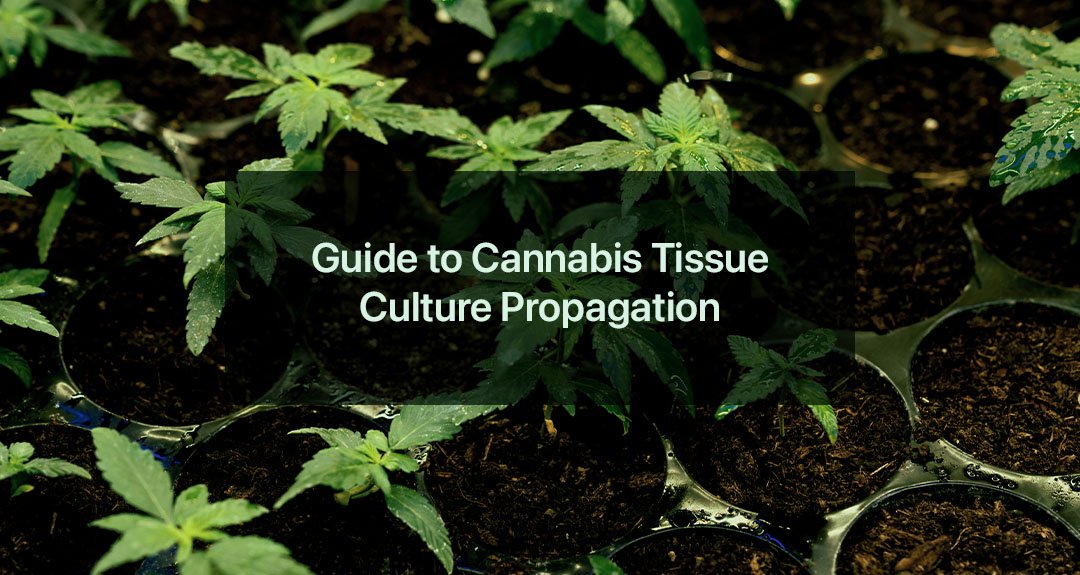Guide to Cannabis Tissue Culture Propagation
The cultivation and preservation of cannabis genetics are at the forefront of innovative agricultural practices. As the cannabis industry continues to expand, the importance of sustainable and efficient cultivation methods becomes paramount. One such method is tissue culture propagation, a revolutionary technique that offers numerous advantages over traditional cultivation methods. This article is a practical guide to the step-by-step process of cannabis tissue culture propagation, designed to help cultivators understand and implement this cutting-edge technology.
Introduction to Cannabis Tissue Culture
Cannabis tissue culture is a plant propagation method involving growing plant cells, tissues, or organs in a sterile environment on a nutrient culture medium. This technique produces multiple, genetically identical plantlets from a single specimen, ensuring consistency and purity in genetic strains. It's a game-changer for the cannabis industry, enabling the preservation of genetics, elimination of pathogens, and efficient mass production of cannabis plantlets.
Step 1: Selection of Explant
The first step in the tissue culture process is the selection of an explant. An explant is a piece of plant tissue taken from a mother plant to initiate the culture. For cannabis, this is usually a new bud, but it could also be a leaf, stem, or even a root segment. A healthy disease-free specimen must be taken to ensure the culture's success.
Step 2: Sterilization
Sterilization is crucial to prevent contamination of the culture medium. The explant is sterilized using a chemical solution, typically bleach or alcohol, followed by rinsing with sterile distilled water. This step is performed under aseptic conditions, usually in a laminar flow hood, to maintain the sterility of the explant and the culture environment.
Step 3: Initiation of Culture
Once sterilized, the explant is placed on a nutrient-rich culture medium that supports cell growth and differentiation. The medium contains essential nutrients, vitamins, and hormones that encourages the new tissue to propagate.
Step 4: Multiplication
The multiplication stage involves the subdivision of cultured material to produce more plantlets. This is achieved by transferring the developing plantlets to new culture media, stimulating further growth and development. This step can be repeated multiple times, exponentially increasing the number of plantlets derived from a single explant.
Step 5: Acclimatization
The final step in the tissue culture process is acclimatization, where the plantlets are gradually adapted to external conditions. This transition from a sterile, controlled environment to natural conditions is delicate and requires careful monitoring to ensure the plantlets do not suffer from shock. Once acclimatized, the plantlets are ready to be transplanted into their final growing medium.
Conclusion
Cannabis tissue culture propagation offers an efficient and sustainable method for preserving and mass-producing cannabis genetics. By understanding and implementing the steps outlined in this guide, cultivators can harness the power of tissue culture to revolutionize their cultivation practices. As the cannabis industry continues to evolve, the adoption of advanced techniques like tissue culture will play a crucial role in its growth and sustainability.





Ensure the security and privacy of your cannabis cultivars with cold storage solutions that protect your intellectual property and provide exclusive access.